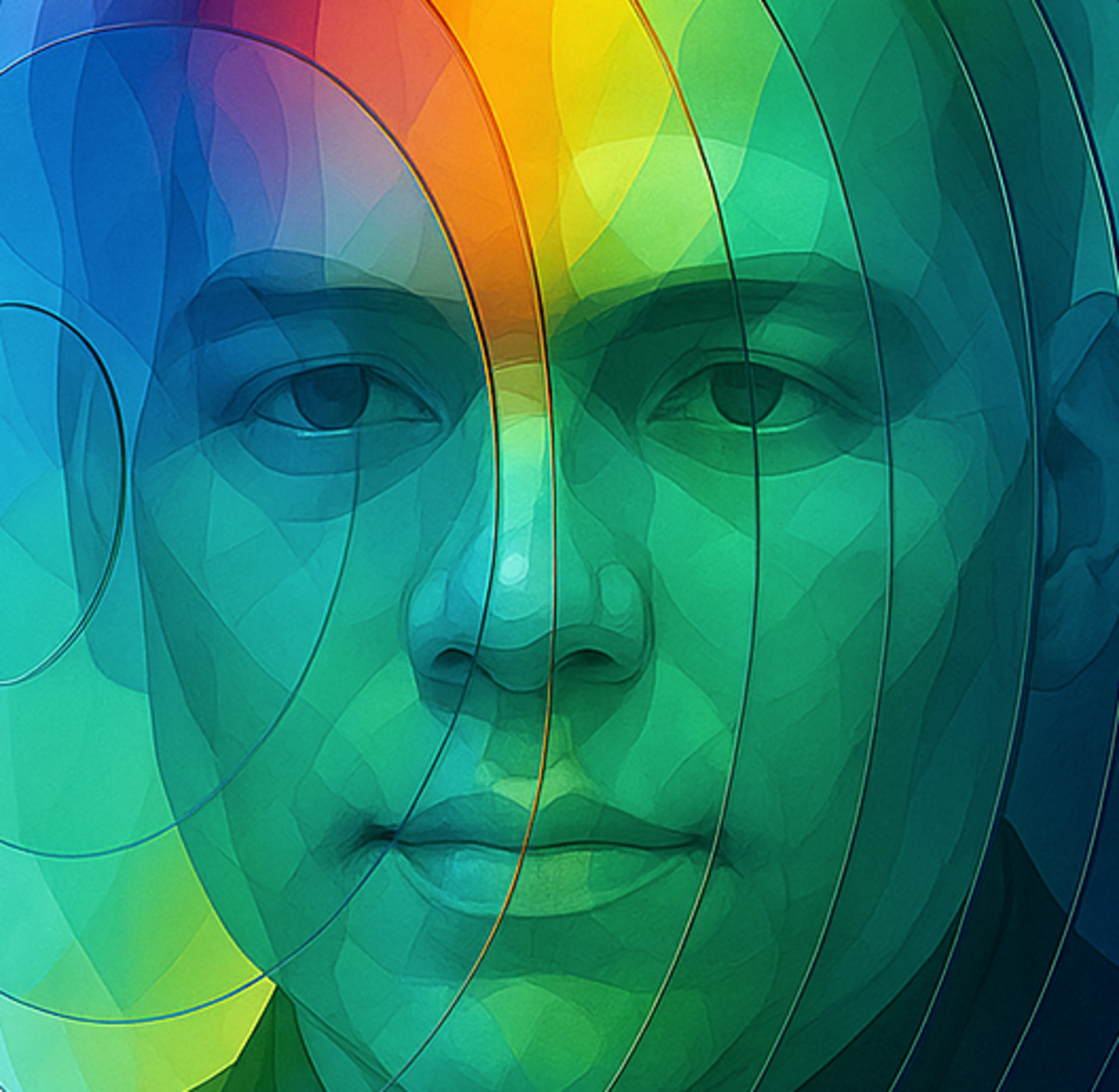- Pascal's Chatbot Q&As
- Archive
- Page 75
Archive
GPT-4o: U.S. data centers consume between 300,000 and 4 million gallons of water daily, potentially constituting up to 25% of a municipality's water supply.
By 2027, global AI demand could withdraw 4.2-6.6 billion cubic meters of water annually, equivalent to half the UK's water withdrawal in a year.

Despite students’ frequent use and satisfaction with GenAI tools, only 18% reported a comprehensive understanding of how these tools work.
Over 80% of students regularly considered the ethical implications of using GenAI, such as plagiarism and bias—more than expected for a new technology.

GPT-4o: The complaint alleges that Google used pirated materials from notorious websites such as Z-Library and OceanofPDF, which have been publicly linked to copyright infringement.
It is claimed that Google openly admitted to training its Gemini models on copyrighted works hosted on platforms like Z-Library, despite the known illegal nature of such platforms.

Claude: Rafael Brown is correct. Fair Use doctrine, as interpreted by the Supreme Court in Warhol v. Goldsmith (2023), does not support the mass copying of copyrighted works for commercial AI training
GPT-4o: I broadly agree with Brown’s points, particularly his critique of AI companies' reliance on unlicensed copyrighted content under a loose interpretation of fair use. Perplexity: I agree.

Louis Hunt's LinkedIn post exposes a significant issue: the apparent leakage of test data from widely used benchmark datasets, such as MMLU & GSM8K, into the training datasets of large language models
If models have already been exposed to the test data during training, their performance metrics are inflated and unreliable, undermining the credibility of these benchmarks.

The physical difference—you're not actually in an F1 car—might not matter to your subjective experience, as long as the environment delivers everything needed to simulate reality perfectly.
This aligns with how AGI could function: it's not a human mind, but if its outputs are indistinguishable from those of a human in terms of problem-solving, creativity, or reasoning, does it matter?

GPT-4o: While AI has the theoretical capacity to solve many problems and replace entire sectors, systemic constraints—economic, political, and social—will limit its application.
The power dynamics between individuals, businesses, and governments ensure that AI will likely be used to enhance existing systems rather than fully replace them.

The quote from Judge McMahon suggests that while the alleged harm (the use of copyrighted materials without compensation) is currently not actionable under the DMCA...
...there may be other legal frameworks or theories that could address this issue. Here are some potential arguments, statutes, and legal theories the judge could be referring to.

The paper argues that licensing for training genAI models using publishers' copyrighted works is both feasible and necessary, contrary to claims by Big Tech companies.
The financial strength of companies like Microsoft, Alphabet, and Meta makes it reasonable to expect them to pay fair licensing fees.

The Quest for Immortality and Power: A Historical Perspective on Modern Billionaires and Technological Pursuits. The pursuit of immortality, wealth, and power has often driven human ambition...
...to extraordinary lengths. In the contemporary era, this quest is manifested through the aggressive investment of modern-day billionaires in fields like tech, healthcare, AI and quantum computing.

Analyzing Anthropic’s Agreement to Enforce Copyright Guardrails: Implications for Rights Owners and Creators
On a pivotal Monday, Anthropic PBC reached an agreement with several music publishers to implement guardrails preventing its future AI tools from producing copyrighted content without authorization.

Grok: The resistance here often stems from a combination of distrust in AI's ability to handle complex human emotions, ethics, and cultural nuances, alongside fears of losing human agency...
...in critical areas of life. Even if AI could theoretically make more objective or ethical decisions in these domains, the human element of decision-making, with all its flaws, remains highly valued.












